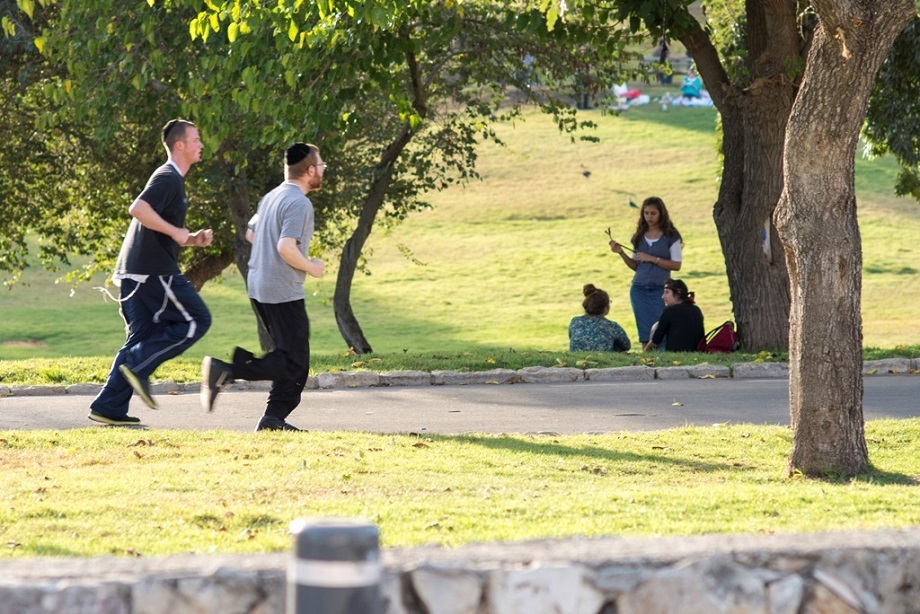
Physical activity has many benefits for all age groups. In children it helps with physical, social, communicative and cognitive development, and helps prevent obesity and illness later in life. In adolescents, it helps to cope with depression and anxiety, contributes to emotional and social development and improves self-image – and even school grades. For adults, it benefits mood and concentration, alongside improving cardiovascular health, strengthening bones and reducing the risk of falls.
The World Health Organization recommends 150 weekly hours (60 hours for children and adolescents) of moderate physical activity a week – such that causes a slight but noticeable increase in the breathing and pulse rates. You can start today and make the first move, every minute counts and works in your favor.
| Recommended Activity | Age Group |
|
Ages 18+ |
|
Children and adolescents |
What do we mean by “every minute counts”?
You don’t have to find an entire hour for exercise in the gym or the swimming pool. Don't have to buy expensive shoes or invest in special equipment. All you need to do is find and utilize opportunities for physical activity that each and every one of us has – as part of our daily routine.
Begin one step at a time: take advantage of your daily routine for exercise
- Take the stairs instead of the elevator
- Walk the kids to school
- Do your errands on foot
- Park a short distance away
- Walk with friends in a “walking outing”
- Have a break to walk!
Even walking the dog counts!
Moving forward: integrating physical activity with our daily schedule
When you combine physical activity in your daily schedule and as part of your chores, it’s easier to keep up with and make exercise part of your day.
- Set a time to go for a daily walk when it's convenient for you. If possible, set regular times for exercising.
- Finding a partner to exercise with can help to keep the routine: partners can be a family member, friends, neighbors and even colleagues.
- Another important recommendation is to turn exercise into a quality time experience. So, for example, if you walk alone, think it is leisure time, worry-free, dedicated to thinking and “cleaning your head” while looking around and enjoying the outdoors. If you walk with a partner or a group of people, you can use this time for quality social interaction while keeping your individual walking pace.
- You can also exchange a vehicle with walking, when the destination isn’t far or you could walk part of the way, to work, to school, meetings or errands. When travelling by public transport, get off one stop before your destination and walk the rest of the way, increasing your daily walking ration.

Further reading
Full study on Science Direct website
Encouraging physical activity for children - 60 minutes (downloadable poster in Hebrew)
Encouraging physical activity for children - 60 minutes (downloadable poster in Arabic)
Encouraging physical activity in the golden years - just keep moving (downloadable poster in Hebrew)
Encouraging physical activity in the golden years - just keep moving (downloadable poster in Arabic)



